In this video I discuss what is metabolic rate, how to calculate metabolic rate, and how to calculate calories burned, and how many calories burned in a day. I also discuss basal metabolic rate, and resting metabolic rate. Transcript (partial with notes) In this video, I am going to show you the formula on how to calculate your calories burned in a day (metabolic rate). And give some examples. Lets start off with the term metabolic rate. In this video we are defining metabolic rate as the amount of calories you would burn off in a day (24 hours) while at rest. So, not moving around or being active. In the fitness community, There are 2 popular formulas to calculate this. BMR, basal metabolic rate, and RMR, resting metabolic rate. BMR is taken after 8 hours of sleep and 12 hours of fasting. RMR is taken under less restrictions, and has been shown to be statistically more accurate. Lets look at a couple of examples. Here we have kyle and Samantha, and their metrics are here. Kyle is 44 yrs old, is 5’8” tall, and weighs 160 pounds. Samantha is 33 yrs old, 5’4” tall, and weighs 126 pounds. The RMR equation for men is (4.55 x Weight in pounds) + (15.88 x Height in inches) – (5*age) + 5, for women the equation is (4.55 x Weight in pounds) + (15.88 x Height in inches) – (5*age) -161. When we plug in Kyle’s and Sam’s #’s, we see that Kyle’s RMR is 1592.84 cal/day, and Sam’s is 1263.62 cal/day. So, after rounding up, this tells us that if Kyle and Sam were to sit around all day, they would need 1583 and 1264 calories per day to maintain their weights. We know that neither Kyle or Samantha are going to sit around all day. So there is a multiplication factor that we must use next. It is based on each of their lifestyles. The factor is as follows… • 1.200 = sedentary (little or no exercise) • 1.375 = lightly active (light exercise/sports 1-3 days/week, approx. 590 Cal/day) • 1.550 = moderately active (moderate exercise/sports 3-5 days/week, approx. 870 Cal/day) • 1.725 = very active (hard exercise/sports 6-7 days a week, approx. 1150 Cal/day) • 1.900 = extra active (very hard exercise/sports and physical job, approx. 1580 Cal/day) Lets say Kyle is very sedentary, so if we multiply his RMR by 1.2 we have ….1911.6 cal/day. Now, Samantha is in the very active category, so we need to multiply her RMR by 1.725, and we get…2180.4 cal/day . So, based on these calculations Kyle can consume 1912… calories per day to maintain his current weight, and Samantha can consume …2180 calories per day to maintain her weight. Now, You can use the RMR equation and lifestyle multiplication factor to calculate your baseline. Drawbacks… A few of things I need to mention. First, this and any other formula used to calculate your metabolic rate is just an estimate. There is a margin for error. Second, muscle mass is very important. Lets look at Kyle, and Jack, who both weigh the same. However, Jack has much more muscle mass than K, since muscle burns more calories than fat, J will have a higher metabolic rate. Third, the type of diet ( for example consuming whole vs processed foods) is not factored either. Bottom Line I don’t believe that counting calories is a path to successfully sustaining weight loss in the long run. However, Using the RMR formula and the lifestyle multiplication factor is extremely helpful in increasing your awareness to how many calories you need to consume per day. Which In turn can lead to a higher awareness of how quickly calories you consume add up. Other sources… http://www.scientificpsychic.com/health/cron1.html http://www.ncbi.nlm.nih.gov/pubmed/15883556

Metabolic Rate – What Is Metabolic Rate – Basal Metabolic Rate – How Many Calories Burned In A Day
- Post author:
- Post published:May 17, 2021
- Post comments:0 Comments
You Might Also Like

Upper body workout (middle back, biceps, lats): bent over dumbbell row

How much protein do we need every day | daily protein requirement | Hindi | Fitness Rockers
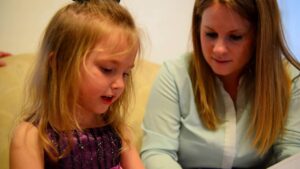
Behavioral Psychology Video – 1

How Accutane Works for You

OUTER Bicep Split | Seated Dumbbell Curls| Rob Riches
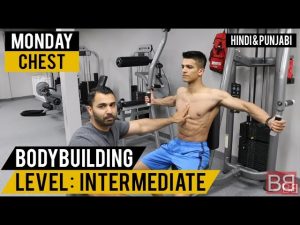
MONDAY: Complete CHEST WORKOUT! (Hindi / Punjabi)

How often Should I Change My Workout Routine
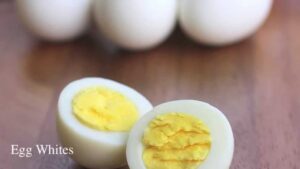
Bodybuilding Nutrition, Diet Recipes & Workout – 27

BCAA Benefits And When To Take BCAAs | Nutritionist Explains… | Myprotein
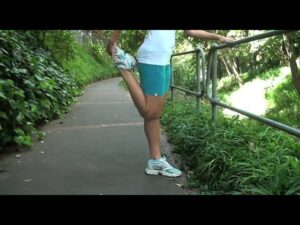
Stretching before you go for that walk

I’m Having a Vitamin B Complex!! 2 of 2

New Program! PTW novice program. Squats bench and sumo deads

Are multivitamin supplements necessary during breast feeding?

Body Fat USA DEXA Body Composition Explained

Anatomy & physiology of the circulatory system (heart)

What is SEMEN? What does SEMEN mean? SEMEN meaning, definition, explanation & pronunciation

Branches Of Medicine Video -4

What Losing Weight Does To Your Body And Brain | The Human Body

7 Lifestyle Changes That Will Clean Your Arteries Naturally And Protect You From Heart Attack
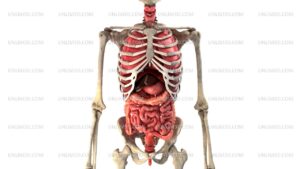
4K Human internal organs in motion, loop ready. Royalty Free Stock Footage and 3d model Available

Plastic Surgery Video – 1

Alternating hammer curls (standing with dumbbells)

Thyroid Gland: Thyroid Hormone Function

OSTEOPOROSIS | EXPLAINED IN 2 MINUTES | CAUSES | SYMPTOMS | TREATMENT – WHAT IS OSTEOPOROSIS?

How to STOP Prediabetes Going Into Diabetes

Metabolism pronunciation and definition

Erector Spinae Back Extension-6

Gymnastics Video – 1

Human Body, Body Building Muscle Building Anatomy Physiology Video – 38

High and Low Blood Sugar Symptoms

DON’T BUY THESE SUPPLEMENTS! Glutamine, Arginine, BCAA’s. Citrulline malate, HMB, Beta Alanine

Notes on ESR Part 1

How to do Cable Bent Over Triceps Extensions? #91

Thyroid Hormone Regulation and Negative Feedback

Better Running and Stretching Tips for New Runners

What To Eat To Build Lean Muscle – Part 1: Breakfast
Testosterone
Body Types

Layers of the Abdominal Wall

Radiology Video – 1

Bodybuilding Video – 6

